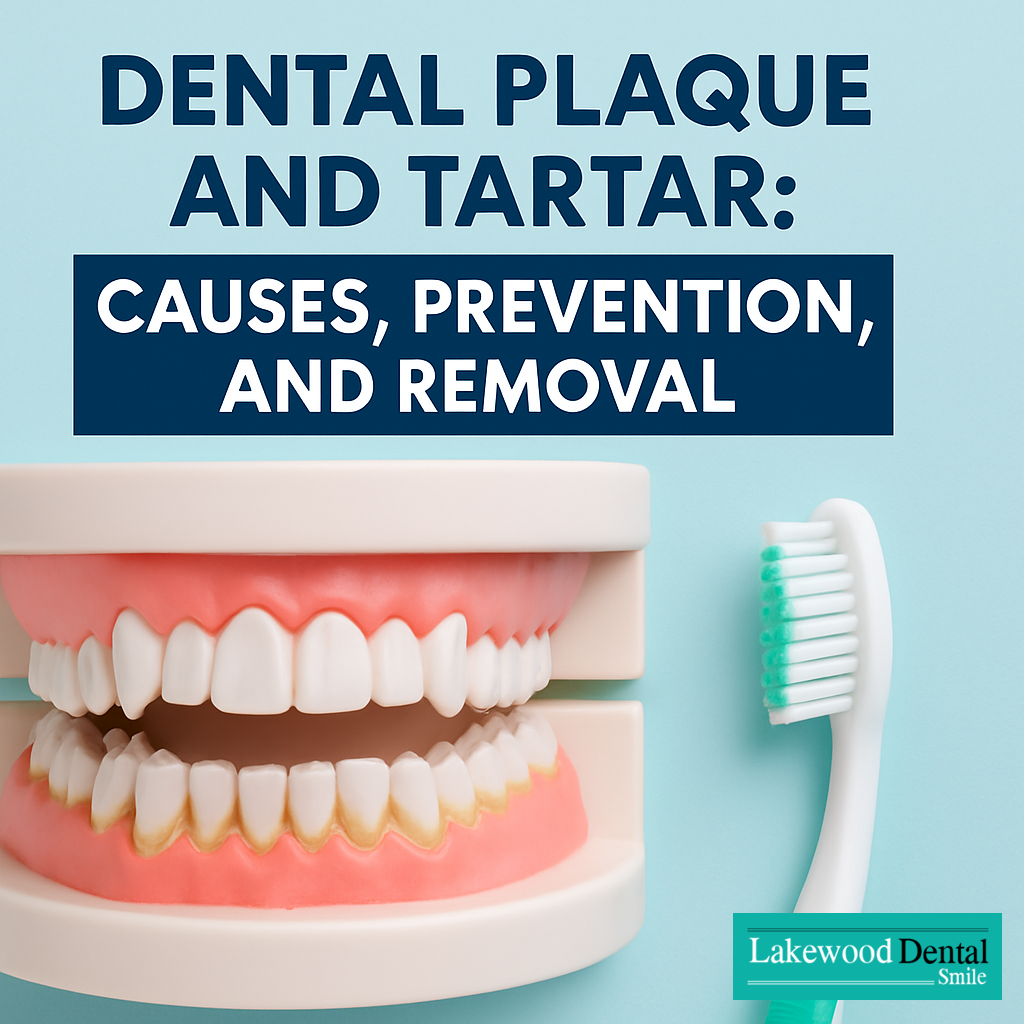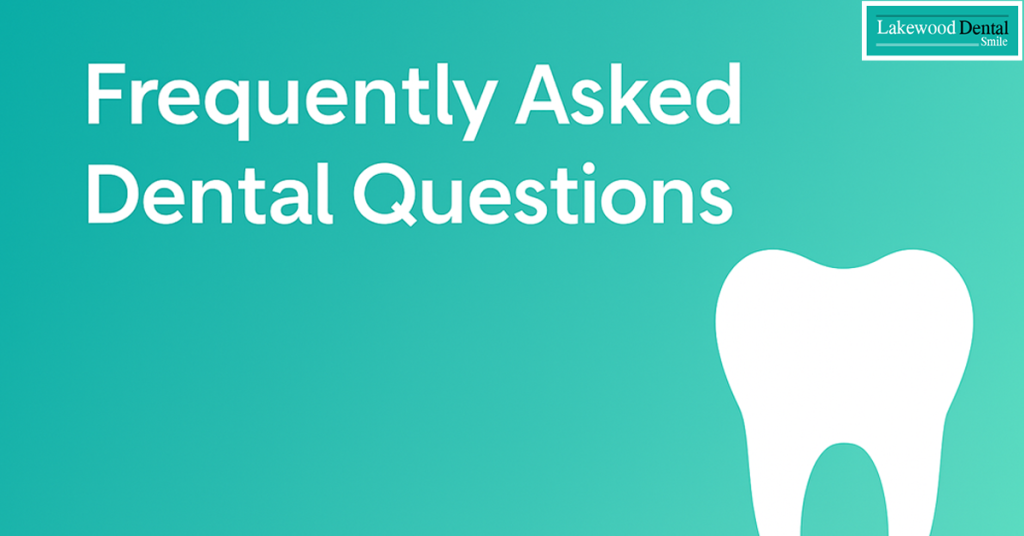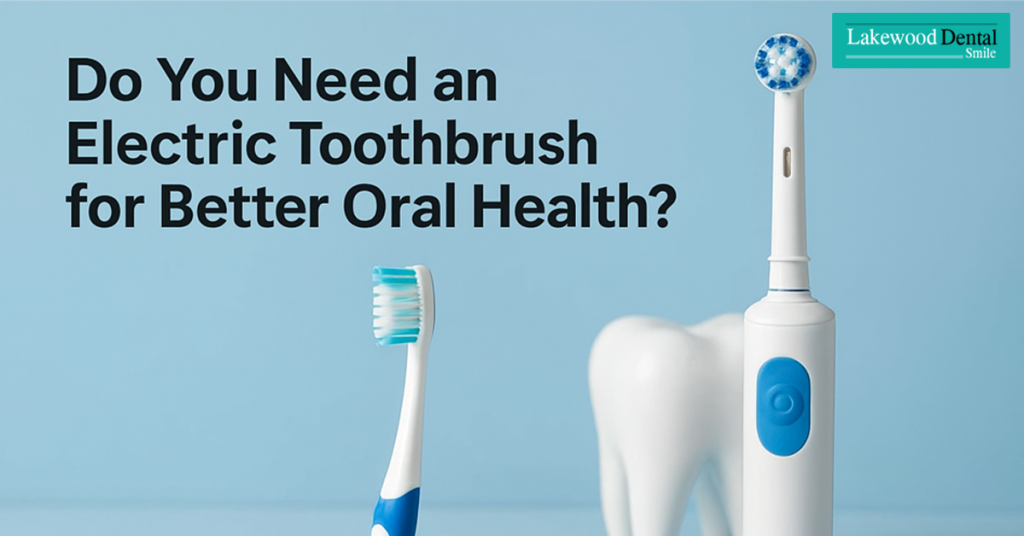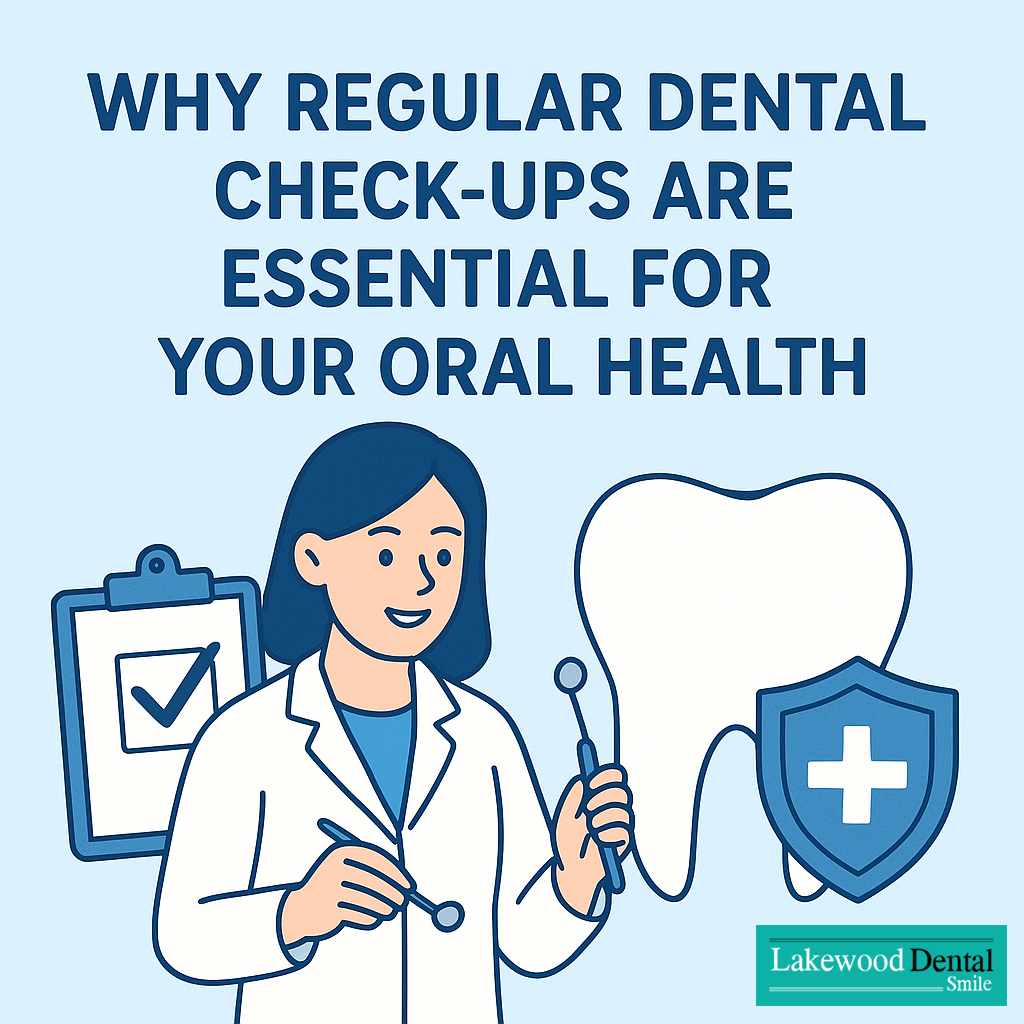
When plaque builds up on teeth, it hardens into tartar. But before diving into the details, let’s start with what dental plaque is.
As strange as it sounds, tooth plaque happens to everyone. It’s a bunch of bacteria that grows on the surface in the mouth. If let it stay for long, the buildup of bacteria leads to teeth decay and gum disease. You can’t expel the bacteria completely. Otherwise known as microbial plaque, this is a kind of yellow deposit that regularly forms on the teeth. When it happens to mix saliva, food, and fluids they form bacteria deposits, which gather at the point where gums and teeth meet. If the bacteria are not removed by regular brushing and flossing, they can lead to tartar buildup.
What Causes Tartar and Dental Plaque?
Did you know that most adults develop tartar? As mentioned earlier, tartar forms when plaque hardens on the teeth. Once it adheres to the enamel, it can only be removed by a dental professional. Several factors increase the risk of tartar buildup—such as crowded teeth, dry mouth, smoking, and aging. It’s also important to understand that individuals vary significantly in their susceptibility to tartar formation.
When saliva, food, and fluids mix in your mouth, they create an environment that encourages bacterial growth.
You might wonder which foods contribute to this. Common culprits are those high in carbohydrates and simple sugars—like sucrose and starches—often found in soft drinks, candies, and other sugary snacks.
Eating sugary foods like cakes, sweets, and even certain fruits can increase plaque-causing bacteria in the mouth.
This can lead to gingivitis, advanced gum disease, and tooth decay (caries). That’s why it’s important to take preventive steps early on. Since bacteria often hide between the teeth and along the gum line, it’s nearly impossible to remove them completely. The best approach is to maintain a consistent and thorough oral hygiene routine. Also, try to limit foods high in sugar, such as cakes, sweets, candies, and similar treats.
Recognizing the Early Signs of Plaque on Teeth
Plaque often appears as a pale-yellow film, but it can also be colorless, making it difficult to detect. This is why maintaining good oral hygiene and visiting your dentist every six months is essential. Dentists use special tools like dental mirrors to spot plaque in hard-to-see areas and remove it with a dental scaler. Since every set of teeth is unique, ask your dentist for personalized brushing and flossing tips to help manage plaque buildup effectively.
Failing to Take Preventive Measures Against Plaque Can Lead To:
Cavities: The acids produced by plaque bacteria can erode tooth enamel, leading to tooth decay.
Gingivitis: Plaque buildup can cause inflammation and swelling of the gums.
Bad Breath: The bacteria in plaque can result in persistent bad breath.
Steps to Prevent Tartar Buildup – How to Remove It
Maintaining proper oral hygiene is the most effective way to prevent tartar. Brush your teeth regularly using a fluoride toothpaste specifically designed to control tartar. Don’t forget to visit your dentist for routine exams and professional cleanings.
Use an anti-plaque fluoride toothpaste and floss daily to remove food particles and plaque between your teeth. Consider using an electric toothbrush, which can be more effective at thoroughly cleaning your teeth.
Finally, quit smoking—it significantly reduces your risk of developing plaque and tartar buildup.
Since tartar buildup adheres strongly to the enamel, it must be removed by a dental professional. That’s why it’s so important to eliminate plaque before it hardens. If you notice any signs of tartar buildup, be sure to consult a dental professional.
If you’re experiencing tartar buildup, you can receive effective treatment at Lakewood Dental Smile in Dearborn, Michigan.





